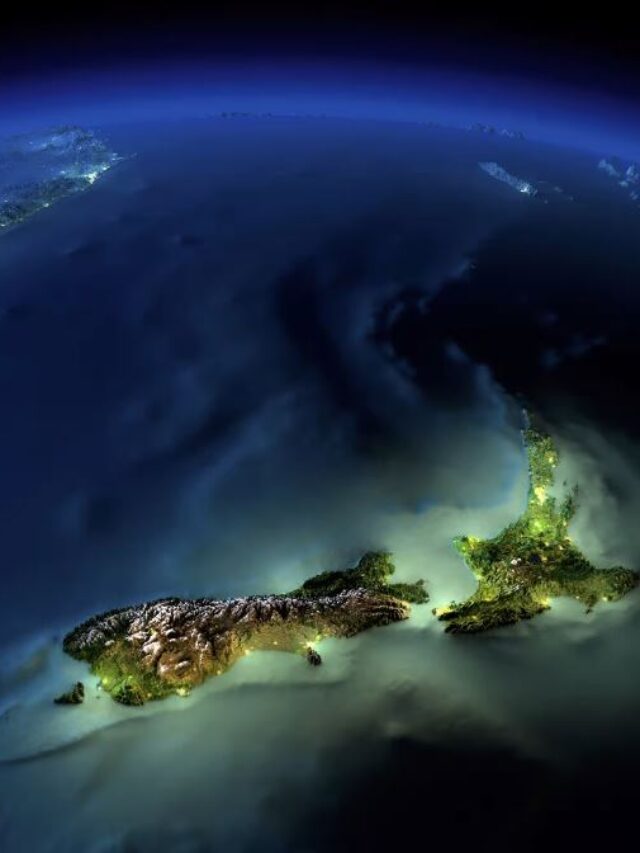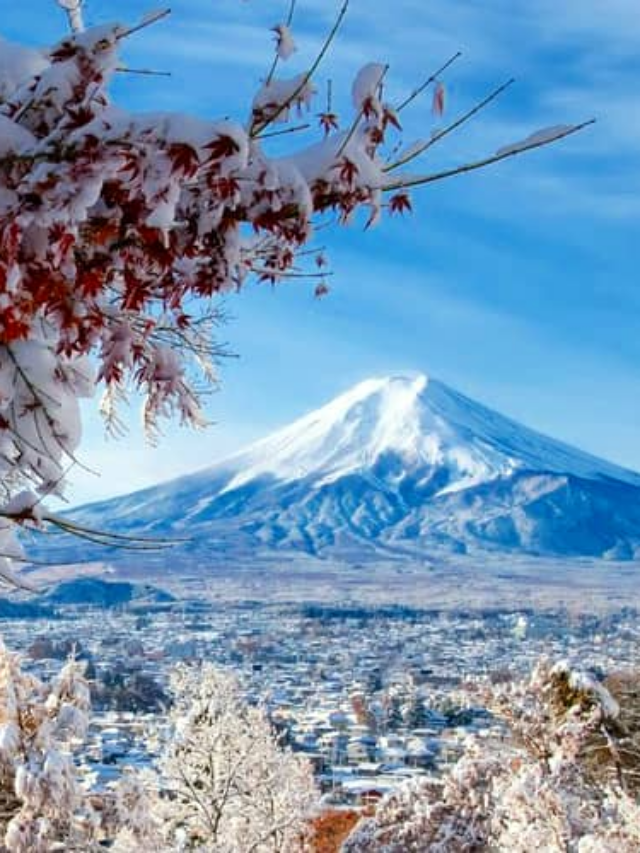
Scientists Says, "Antarctic "Landfast" Ice Is Predicted To Shrink By The End Of Century
Antarctica’s “landfast” ice, or the stationary sea ice that forms around and stays attached to the coastline or among grounded icebergs, is predicted to decrease by the end of this century in terms of season length, thickness, and extent.
Landfast ice serves as an important substrate for early-season primary production that fuels coastal marine food cycles and is crucial for the survival of emperor penguins as their breeding habitat.
The first-ever comprehensive review of Antarctic landfast ice highlighted its far-reaching importance in the Earth system and identified priorities for future research, according to scientists involved in the review, which also documented a recent dramatic crash in its extent.
“Landfast ice needs to be distinguished from other types of sea ice for the different roles it plays in the global climate system,” said Alex Fraser, an Australian Antarctic Program Partnership scientist who co-led the team of 23 international authors. He along with the other co-lead Pat Wongpan have published their review in the journal Reviews of Geophysics.
“Our comprehensive review synthesises the current state of knowledge of Antarctic landfast ice, from its physical and mechanical properties through to its major roles in key glaciological, oceanographic, atmospheric, biogeochemical and biological processes,” said Fraser.
However, they noted that projections were incredibly uncertain because landfast ice is not currently taken into account in global climate models.
The review stated that it is “a high priority” to incorporate prognostic fast ice into circum-Antarctic and regional coupled sea ice-ocean models.
“The formation of Antarctic fast ice results from complicated interactions between sea ice, ocean, atmosphere, coastal configuration, bathymetry and grounded icebergs (of which no large-scale dataset currently exists), and its accurate model representation is perhaps a more challenging problem than its Arctic counterpart,” the authors wrote.
According to the researchers, their analysis showed how quickly landfast ice can adapt to environmental change.
“From satellite records, we created a new yearly time-series of landfast ice from 2000-2022 which shows that the annual minimum circum-Antarctic fast-ice extent reached a dramatic record low in March 2022,” said Fraser.
In March 2022, Landfast ice extent was only 123,200 sqkm (square kilometres) (its normal March range is between 168,600 and 295,200 sqkm).
In early to mid-March from 2000 to 2021, fast-ice cover was present in areas where landfast ice had previously been lost.
The persistent landfast ice that was present for more than a year in the Ross Sea, on the eastern side of the Antarctic Peninsula, and throughout much of East Antarctica all completely disappeared.
This record-low landfast ice extent and the record-low sea ice extent minimum in 2022 coincided, suggesting a connection between the two and a similar environmental response between pack and landfast ice.
“Observations of fast ice, including both ground- and satellite-based, should be coordinated and expanded to allow deeper understanding of this important component of the global cryosphere and Antarctic coastal environment,” the review concluded.
“If the recent crash in landfast ice represents a long-term trend, there are potentially catastrophic consequences for Antarctic coastal geographies and ecosystems, with knock-on effects throughout the world,” Fraser said.
The Southern Ocean can be completely covered by Antarctic fast ice, which can be several tens of metres thick.
From about 21,000 sqkm (mid-March) to 601,000 sqkm (late September/early October), its seasonal change in extent roughly triples.
In the majority of areas, it forms in the autumn, lasts through the winter, and melts or bursts in the spring and summer.
In certain areas, landfast ice can endure the melt season and develop into multi-year ice.
Although Antarctic landfast ice is crucial for many different coastal processes, the review found that our understanding of it “is limited either spatially (e.g., covering a small study region), temporally (e.g., a snapshot, or covering only some part of the annual cycle), or both.”
Since studies have largely ignored Antarctic landfast ice up until recently, probably because of a lack of understanding of its distribution, it has earned the moniker “missing piece of the Antarctic puzzle.”
Also read: This Might Become Your Dream Job! A Family Looking For Dog Nanny For Rs 1 Crore Salary
To read more such news, download Bharat Express news apps






































